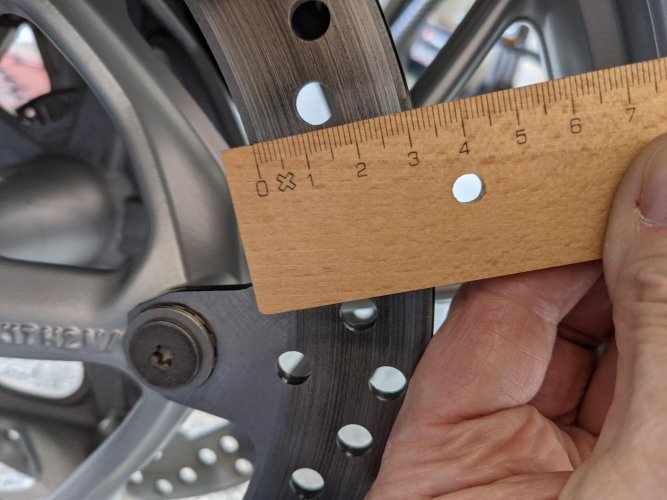FWIW, brand new dual piston calipers for an F650 go for about $60 each on Ebay:
https://www.ebay.com/itm/Motorcycle...ke:BMW&hash=item2d1badddfa:g:g4cAAOSwQSdfo7Mb
I wonder what BMW pays Hayes for their calipers?
https://www.ebay.com/itm/Motorcycle...ke:BMW&hash=item2d1badddfa:g:g4cAAOSwQSdfo7Mb
I wonder what BMW pays Hayes for their calipers?



